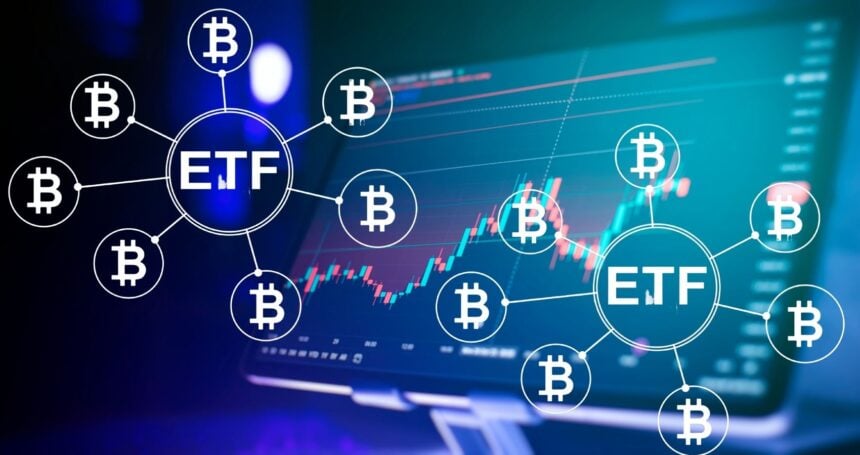Desjardins Investments said it announced the October 2025 cash distributions for a selection of its TSX listed exchange traded funds. Unitholders of record on October 24 will be paid on October 31.
The list shows steady monthly income from core bond and income strategies, while a number of equity and alternatives funds do not post a cash payout for October.
Desjardins Fixed Income ETFs
| Fund Name | Ticker | Distribution (per unit) |
|---|---|---|
| Desjardins Canadian Universe Bond Index ETF | DCU | $0.0512 |
| Desjardins Canadian Short Term Bond Index ETF | DCS | $0.0506 |
| Desjardins 1–5 Year Laddered Canadian Corporate Bond Index ETF | DCC | $0.0604 |
| Desjardins 1–5 Year Laddered Canadian Government Bond Index ETF | DCG | $0.0365 |
| Desjardins Canadian Corporate Bond Index ETF | DCBC | $0.0734 |
Desjardins Income-Oriented & Sustainable Strategies
| Fund Name | Ticker | Distribution (per unit) |
|---|---|---|
| Desjardins Quebec Equity ETF | DMQC | $0.0000 |
| Desjardins Canadian Equity Index ETF | DMEC | $0.0000 |
| Desjardins American Equity Index ETF | DMEU | $0.0000 |
| Desjardins International Equity Index ETF | DMEI | $0.0000 |
| Desjardins Emerging Market Equity Index ETF | DMEE | $0.0000 |
Desjardins Equity ETFs with No Cash Distribution
| Fund Name | Ticker | Distribution (per unit) |
|---|---|---|
| Desjardins Quebec Equity ETF | DMQC | $0.0000 |
| Desjardins Canadian Equity Index ETF | DMEC | $0.0000 |
| Desjardins American Equity Index ETF | DMEU | $0.0000 |
| Desjardins International Equity Index ETF | DMEI | $0.0000 |
| Desjardins Emerging Market Equity Index ETF | DMEE | $0.0000 |
The firm’s suite of net zero pathway and multifactor funds also shows no monthly amount for the period.
Two series flagged as U.S. dollar denominated, DANC.U and DAMG.U, are marked as such on the notice. Desjardins did not publish a per unit dollar figure for those tickers in October.
Bond ETFs often provide a relatively predictable stream, yet amounts can adjust with reinvested interest, matured holdings, and shifts in coupon income.
Equity index ETFs may pay less frequently or not at all in a given month, then reconcile with larger quarterly or year end distributions that bundle dividends received and any capital gains realized through the year.
Brokerages and fund websites remain the best source for trade settlement cutoffs, particularly in months with market holidays.
Tax treatment depends on the composition of each payment, which may include Canadian eligible dividends, other income, foreign income, or capital gains.
Slips are finalized after year end and can differ from the monthly cash amount experienced during the year.
A mix of bond and income ETFs can smooth the payout profile and reduce reliance on any single strategy. Long duration funds will be more sensitive to rate moves, while short term and laddered products can moderate volatility.
Preferred share exposure can add yield but brings credit and rate spread risk. Equity index funds that show no monthly amount in October may still deliver quarterly distributions that align with the dividend calendars of their underlying holdings.
Vanguard Canada confirms its own monthly ETF cash payouts on a regular cadence, which can help set expectations for how notice windows and key dates are communicated across the market. Income focused readers building watchlists may also revisit our guide to dividend stocks for broader context on balancing yield with risk.
Desjardins directs investors to the ETF manager site for fund level details, including historical distributions and methodology.
As always, distribution rates are not guarantees and should be considered alongside total return, fees, and exposure.


















